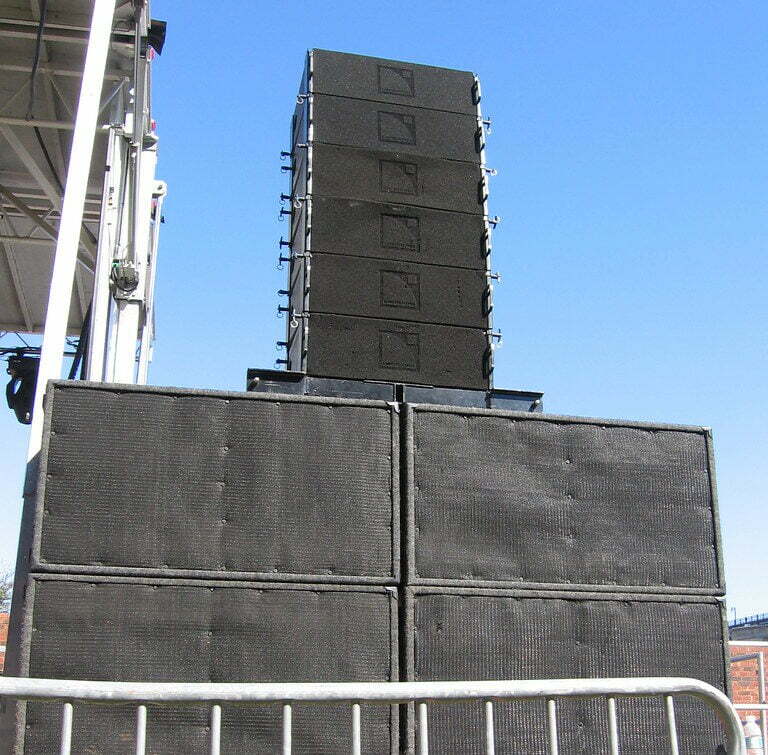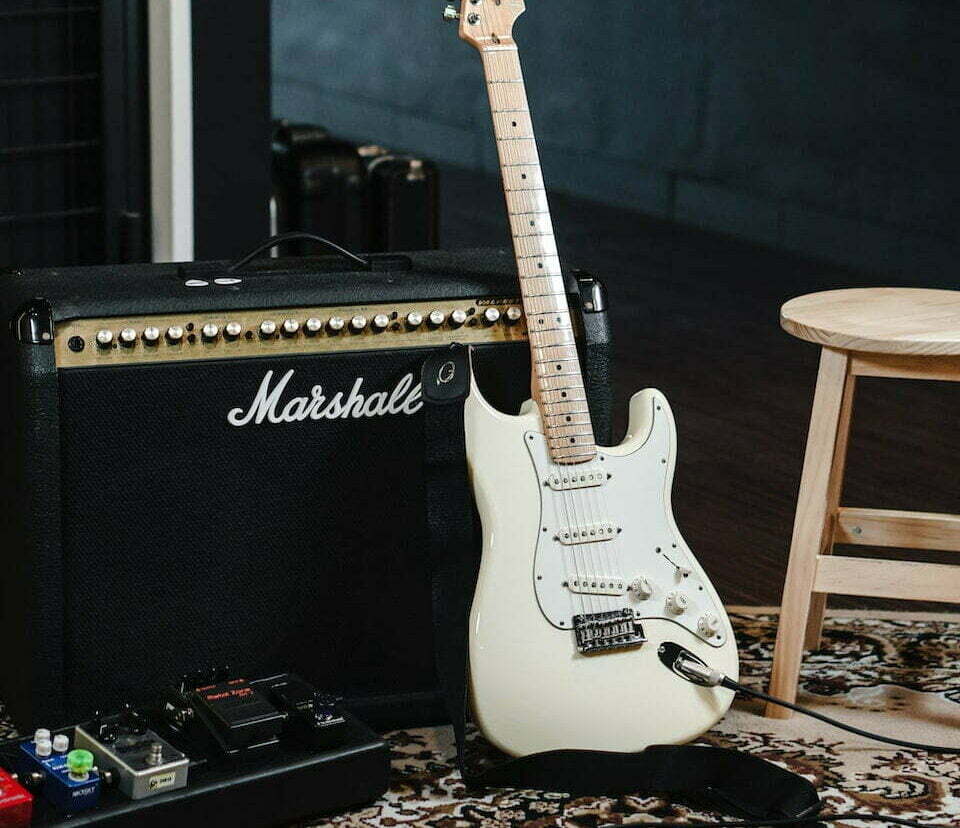When setting up speaker configurations for live stage, it is important to understand the role of different kinds of speakers to optimize even sound distribution, depends on the size and layout of the venue.
Based on its role, speakers can be categorized into:

- Stage Monitor: A monitor speaker is designed to be placed on the stage, facing the performers. It is used to reinforce the sound of the instrument or voice of the performer, allowing them to hear themselves better. Monitors can be floor-standing, in-ear, or wedge-shaped. In-ear monitors provide the performer with a more isolated sound, while wedge-shaped monitors provide a more ambient sound.

- FOH (Front of House) / PA (Public Address) : FOH speakers are the main speakers used to project sound to the audience in a live performance setting. They are typically positioned at the front of the stage and are designed to cover a large area with sound. FOH speakers are often larger and more powerful than monitor speakers and are used to deliver a consistent sound experience to all parts of the audience.
Based on the shape and sound characteristics, speakers can be categorized into:
- Full-Range Speakers: Full-range speakers are speakers that can reproduce a wide range of frequencies, from bass to treble. Full-range speakers are often used as FOH speakers or as a standalone PA system for smaller events. Full-range speakers usually are ‘Point Source’ speakers which are a type of speaker that produce sound from a single point, rather than from multiple drivers. These speakers are often used as floor monitors or for personal monitoring, as they provide a consistent sound experience for the performer.

- Cabinet/Combo Amp: A cabinet or combo amp is a standalone speaker system that contains both the amplifier and the speaker(s) in a single unit. These are commonly used by guitarists and bassists in small to medium-sized venues. They can also be used for other instruments such as keyboards, drum machines, and as personal monitors. In smaller venues, combo amps may be enough to reach the whole audience as FOH, but in large venues, combo amps usually just end up used as stage monitor.

- Line Array: A line array is a type of speaker system that consists of multiple individual speakers, typically mounted vertically, that work together to produce a focused, directional sound. Line arrays are commonly used in large venues, such as stadiums and concert halls, where the sound needs to be projected over a large distance. The line array design allows for a more controlled and consistent sound coverage, reducing the need for additional speakers to cover the entire area.

- Subwoofers: A subwoofer is a speaker designed specifically to reproduce low-frequency sounds, such as bass and drums. Subwoofers are often used in conjunction with other speakers such as line arrays or full-range speakers that produce high-frequency sounds, to provide a more complete and balanced sound.
So to get the best speaker configuration for a live setup on stage, it all depends on a number of factors, including the size and layout of the venue, the type of performance, the number of performers, and the budget.
For small to medium-sized venues, a standard setup may consist of a pair of FOH speakers, a few floor monitors, and in-ear monitors for the performers. In this setup, the FOH speakers are used to project sound to the audience, while the floor monitors provide sound reinforcement for the performers.
For larger venues, a more complex setup may be required. A typical setup for a large concert venue might include a main line array system for FOH, a number of stage monitors, and in-ear monitors for the performers. In this setup, the line array system provides a more consistent sound coverage across the entire audience, while the stage monitors provide sound reinforcement for the performers.


